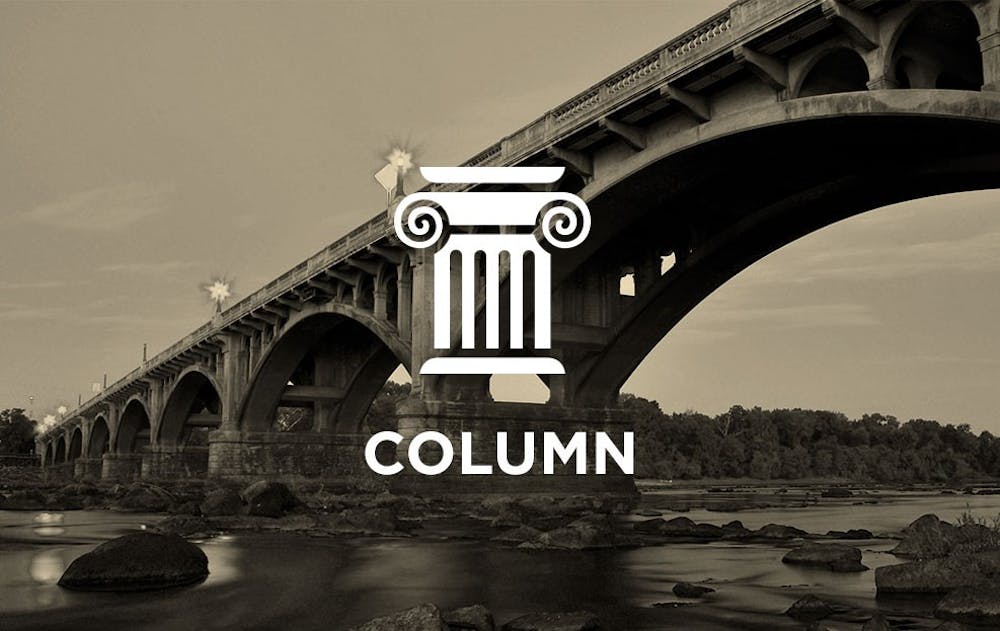Over the past few weeks, since the riots in Charlottesville about the removal of a Confederate monument, the issue over whether or not Confederate monuments should be removed has again reared its ugly head.
Naturally, the right is all too happy to wheel out its cobweb-laden argument that removing the statues from public ground is “changing history." Although this argument is both emotionally charged and seemingly hard to object to, the idea that monuments on public ground are above criticism is ardently false and provides a conduit for covert racism and historic inaccuracy.
First of all, the records of human history are kept on sources other than monuments. Since the internet, information about our country’s history is readily available to most people. This access is augmented for university students, who have the ability to search academic sources that would be hidden behind a paywall for most people. Speaking of scholarly articles, I challenge anyone who disagrees with me to find a scholarly article that cites a monument as a source of information. Most do not, because monuments are secondary sources, which are known to be rife with inaccuracy.
As the original secession state, South Carolina is a popular host of misleading monuments. Just a few blocks from the Horseshoe, the Statehouse grounds has several examples of monuments that either leave out pieces of history, or add in imaginative details.
For instance, one of the first markers visitors will see when coming from the direction of our campus is a giant statue to Wade Hampton III, riding gallantly on his steed. What the words on the pedestal leave out is that Hampton was a prominent slave owner, and that his success in the 1876 gubernatorial election was due in part to violent action by a group of paramilitary supporters known as "red shirts."
On the west side of the Statehouse, a monument stands recalling the burning of Columbia’s old statehouse by General Sherman’s troops. The only issue is that Sherman never ordered the burning, and in fact much of the fire was started by retreating Confederate troops. Some sources claim the Federal troops burned the church where the secession convention was originally supposed to be held, but the intent of the fire is still disputed.
In the specific case of Confederate monuments on public ground, we live in a country where the government is supposed to protect everyone equally under the law, as per the 14th Amendment. How can any government that holds that idea as valid continuously erect monuments to a rebellious nation that was created with the intent of depriving some people their rights? Before defenders of the Confederacy beat me over the head with cries of “states’ rights,” take a look at Article 1, Section 9 of the Constitution of the Confederate States, which explicitly protects the practice of slavery. Clearly, its founders had keen interest in upholding the institution of slavery.
I am not in favor of the complete banning of the Confederate flag, but I do think it is our responsibility as citizens to police the types of monuments that are being put up in our name.

